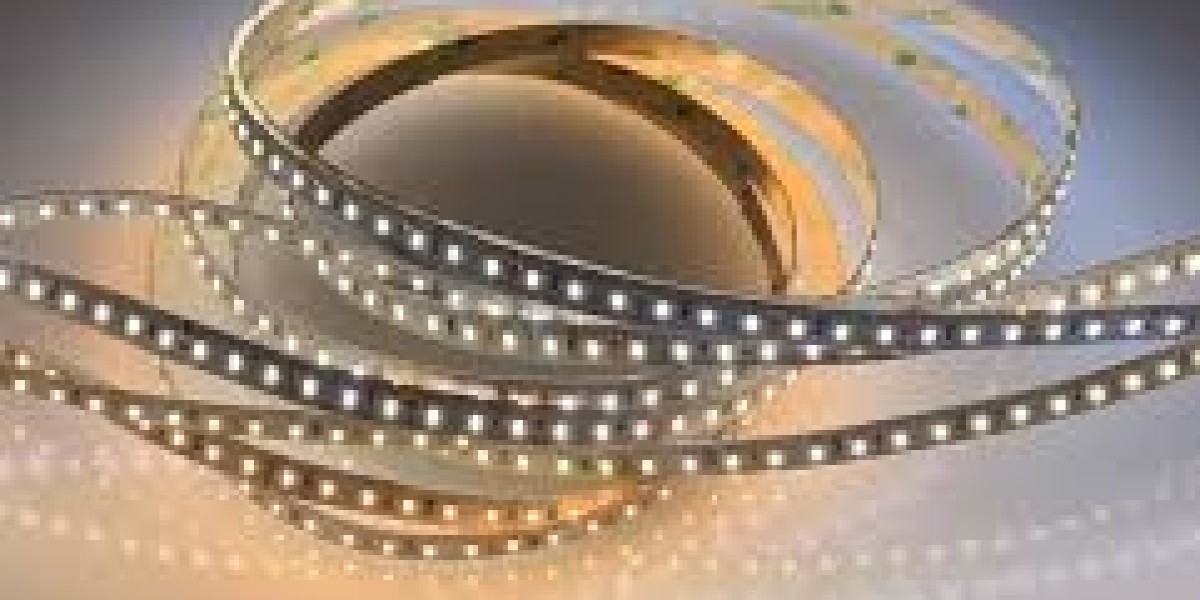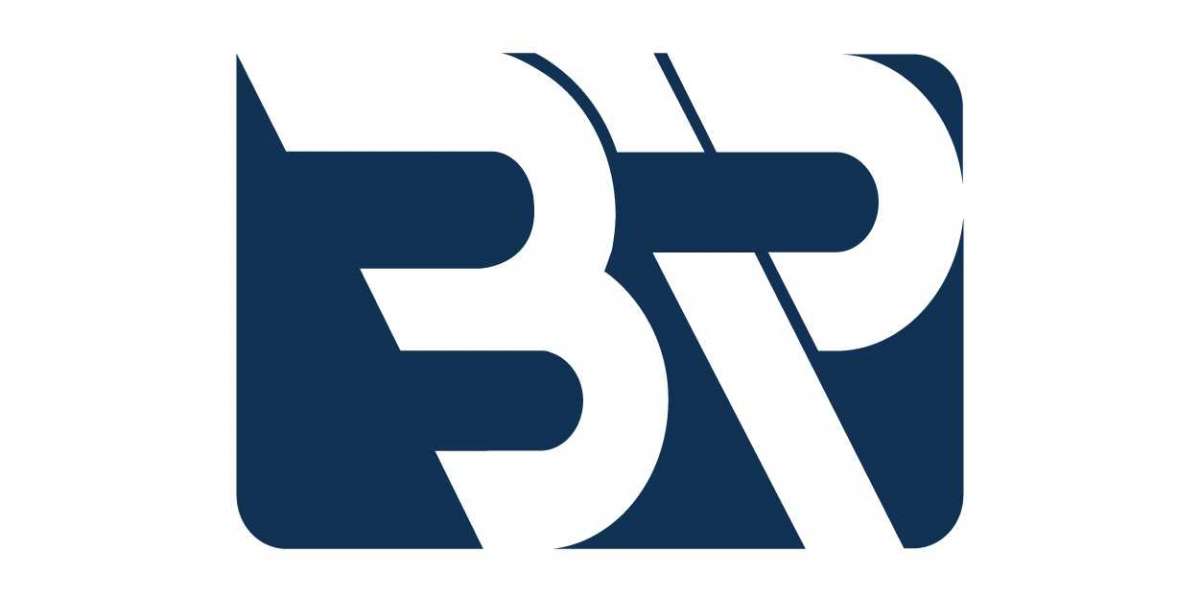Kinds of Mounting Brackets
Mounting brackets come in various shapes, sizes, and designs, each with its own advantages. Let's take a look at some of the most common types:
C-Bracket
The C-bracket is a basic mounting bracket that has a C-shaped design. It can be attached to either wooden or metal ceiling joists. This type of bracket is simple to use and can support light fixtures weighing up to 10 pounds.
J-Hook Bracket
Similar to the C-bracket, the J-hook bracket also supports light fixtures weighing up to 10 pounds. It has a shape resembling the letter "J" and can be attached to both wooden and metal ceiling joists. The J-hook bracket is easy to install, just like the C-bracket.
Offset Brackets
Offset brackets are used to fix light fixtures at an appropriate angle. These brackets are connected to both the ceiling and the fixture's joist, allowing you to position the light at a right angle or align it with the edge of the ceiling.
Read more: How long do LED lights last?
U-Shaped Bracket
The U-shaped bracket is designed to connect light fixtures to wooden ceiling joists. It has the capacity to hold lights weighing up to 50 pounds. U-shaped brackets are available in both plastic and metal models.
L-Shaped Bracket
The L-shaped bracket provides support for installing light fixtures on the ceiling. When using this bracket, you will need to make two minor cuts in your ceiling tiles to accommodate the bracket's arms.
Pole Mounting Brackets
Unlike the other brackets, pole mounting brackets are used to attach lights to posts or poles. These brackets can hold lighting fixtures weighing up to 50 pounds and are available in plastic and metal models.
Tips for Installation
Before installing a ceiling light mounting bracket, there are a few things to consider:
Select the Right Locations
Ensure that the location you choose for the mounting bracket has enough clearance from any barriers above it, such as vents or piping. Additionally, make sure the bracket is securely fixed in a safe location.
Check the Fixture’s Weight
Ensure that the mounting bracket can support the weight of the lighting fixture. This will prevent any accidents or damages caused by an overloaded bracket.
Consider the Mounting Bracket’s Size
Make sure to choose a mounting bracket that is suitable for the size of your light fixture. This will ensure a proper fit during installation.
Check the Space Between the Ceiling and the Floor
Knowing the distance between the floor and the ceiling will help you determine the size of the bracket you need.
Check the Mounting Bracket’s Security Rating
Always check the safety rating of the mounting bracket before installation. Some brackets are specifically designed for certain wattages or environments.
Check the Availability of Any Power Source
Before installation, confirm if there is a power source near the light fixture. This can be determined by checking the breaker box and identifying which switches are active. If needed, consult an electrician to install a power switch.
Read more: Fix Dimming LED Lights That Flicker or Wont Turn Off
How to Install Ceiling Light Mounting Bracket
Follow these steps to install a ceiling light mounting bracket:
Measure the distance between the joists and evenly place the mounting brackets within the space, ensuring they match the size of the light fixture.
Use a level to mark the spot on the ceiling where the mounting bracket will be placed. Draw straight lines to outline the bracket's position.
Drill holes in the ceiling at the four corners of the bracket. Ensure the drill bit matches the screw size for the mounting bracket.
Attach the mounting bracket to the ceiling by inserting screws into the drilled holes and tightening them with a screwdriver. Ensure the bracket is straight and level before fully tightening the screws.
Follow the manufacturer's instructions to install the light fixture, making sure the wiring is done correctly and the fixture is securely connected to the mounting bracket.
Frequently Asked Questions
Q: Can I install a mounting bracket on a metal ceiling?
A: Yes, you can install a mounting bracket on both wooden and metal ceilings. Just make sure to use the appropriate hardware for each type.
Q: How much weight can a mounting bracket hold?
A: The weight capacity of a mounting bracket depends on its design and materials. Different brackets have different weight limitations, so it's essential to check the specifications before installation.
Q: Can I install a mounting bracket on a sloped ceiling?
A: Some mounting brackets are designed specifically for sloped ceilings. Make sure to choose a bracket that is compatible with the angle of your ceiling.
Q: Do I need special tools to install a mounting bracket?
A: Generally, basic tools like a drill, screwdriver, and a level are sufficient for installing a mounting bracket. However, specific brackets may require additional tools, so it's important to read the manufacturer's instructions before installation.
Q: Can I install a mounting bracket myself, or should I hire a professional?
A: The complexity of the installation process may vary depending on your experience and the type of mounting bracket. If you are unsure about the process or lack the necessary tools, it's advisable to hire a professional to ensure proper installation and avoid any potential risks.
In conclusion, knowing how to install ceiling light mounting brackets is essential for safely and securely hanging various hardware in your home. If you find the installation process challenging or prefer to have it done by a professional, Safety Lamps Repair is your trusted expert in New York City. Contact us today for affordable and high-quality lighting installation services.
Read more: Turn A Corner With LED Strip Lights








